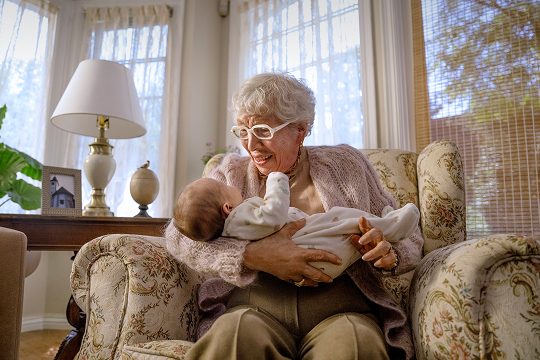RYBREVANT® + LAZCLUZE™ is the first and only chemotherapy-free combination treatment to help people with EGFR+ NSCLC:
Delay disease spreading
30% lower risk of cancer growing or spreading compared with osimertinib alone
At 23.7 months, half of the people receiving RYBREVANT® + LAZCLUZE™ did not have their cancer grow or spread, compared with 16.6 months for osimertinib.
Live longer
25% lower risk of death compared with osimertinib alone
Median overall survival is the amount of time after a study starts when half of the people are still alive.
After approximately 3 years of follow-up, median overall survival for RYBREVANT® + LAZCLUZE™ had not been reached. Median overall survival for patients taking osimertinib was reached at 36.7 months.
RYBREVANT® + LAZCLUZE™ may cause serious side effects such as infusion-related reactions, including life-threatening (anaphylaxis) allergic reactions, lung, blood clot, skin, and eye problems.
What to expect with RYBREVANT®
Get more information about the treatment and how to prepare.
See what to expect

Actor portrayals.
Facing cancer together
Facing lung cancer comes with many challenges, but you're not alone. There are many groups that can help support people living with lung cancer and their loved ones.
EGFR+ = mutated epidermal growth factor receptor; NSCLC = non-small cell lung cancer
Savings & support
Once prescribed a RYBREVANT®-based treatment, connect with a Care Navigator for your support needs.


